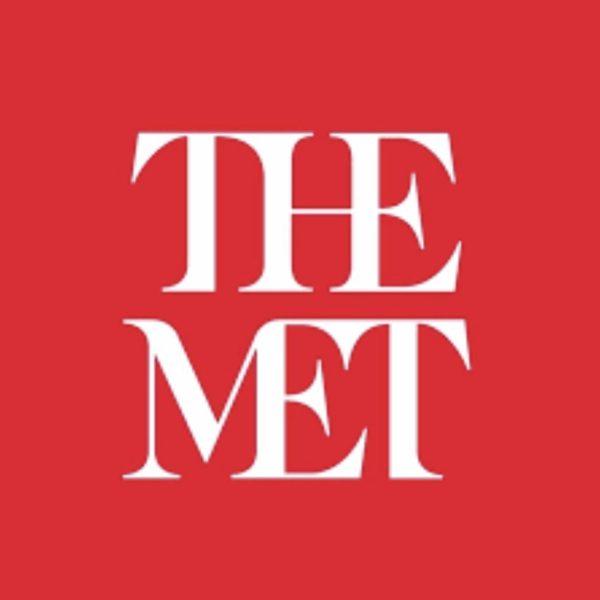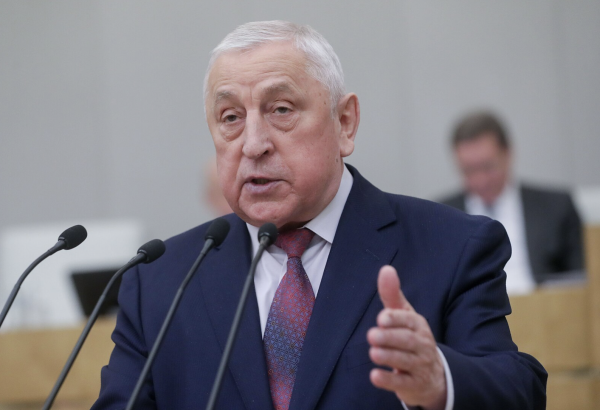Trump’s Impeachment Inquiry: An Overview
On September 24th, 2019, the Speaker of the U.S. House of Representatives, Nancy Pelosi, announced a formal impeachment inquiry of President Donald Trump, following the disclosure of a whistleblower’s complaint. This whistleblower, who we now know is a CIA agent, cited details provided by “more than half a dozen U.S. officials.” They alleged that President Trump is “using the power of his office to solicit interference from a foreign country in the 2020 U.S. election.”
Highlighted in the complaint are details from a July 25, 2019 phone call between President Trump and Ukranian President, Volodymyr Zelensky. During that call, President Trump asked President Zelensky to investigate the actions of former Vice President Joe Biden (political rival for the 2020 election) and his son Hunter Biden. He also asked President Zelensky to work with his personal lawyer, Rudy Giuliani, who does not work for the government, and Attorney General William Barr. Also, prior to this July 25th phone call, President Trump had ordered $400 million of already Congressionally appropriated military aid to be withheld from Ukraine.
Since the Speaker’s announcement, developments have been happening quickly. On September 26, the House Intelligence Committee released a redacted version of the whistleblower complaint. On September 27, Kurt Volker, a special envoy to Ukraine, resigned. He would go on to be interviewed by House Democrats and produce text messages that discuss the planned phone call between President Trump and Ukraine President Zelesnky. House Democrats also issued subpoenas to the White House, U.S. Secretary of State Mike Pompeo and requested additional documents from Vice President Mike Pence. And just this past week a second whistleblower has come forward and claims to have firsthand knowledge of President Trump’s conversations involving Ukraine.
So what does all this mean? The impeachment inquiry will shed light on whether or not what President Trump did constitutes a “high crime” or “misdemeanor,” which is the impeachment threshold laid out in Section Four, Article II of the US Constitution. Impeachment is the process by which the House of Representatives charges a government official, including the President of the United States, with an offence. Article I of the US Constitution gives the House the sole power of impeachment, which requires a simple majority vote by the House. If impeached, a trial is then held in the US Senate, which has the sole constitutional authority to hold a trial. For the President to be removed from office, they must be convicted in the Senate by at least a two thirds vote.
President Trump is alleged to have abused his power by requesting a favor of a foreign government for his own political gain. And he is alleged to have engaged in contempt and obstruction by not cooperating with the investigation and by directing government agencies and employees to do the same. Others also believe President Trump may have attempted to conceal a crime if reports are true that White House officials “locked down” all records of the conversation with the Ukranian President by placing these records in a highly secure system typically reserved for classified information. To some these actions constituted a cover-up.
The coming weeks will influence the shape of the impeachment inquiry, as many witnesses, including the former Ukranian ambassador, Marie Yovanovitch, are expected to testify. The House will also subpoena additional documents. In addition, geopolitical factors may impact the pace of the investigation because many members of the Republician party are upset with President Trump for pulling troops out of Syria. As more facts come to light about the investigation, we will continue to update you through our website. But based on what we know now, this process could go on for several months.










